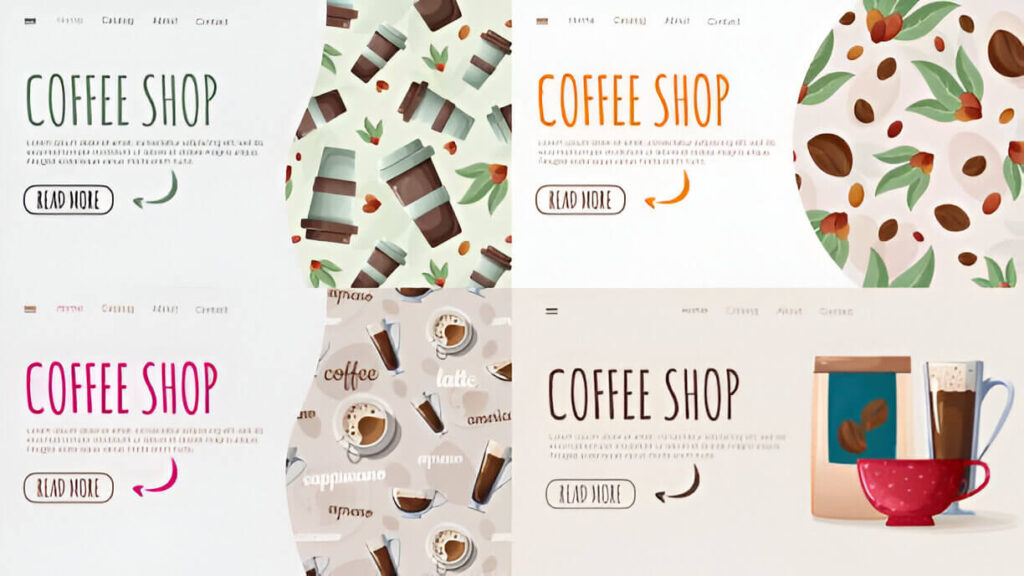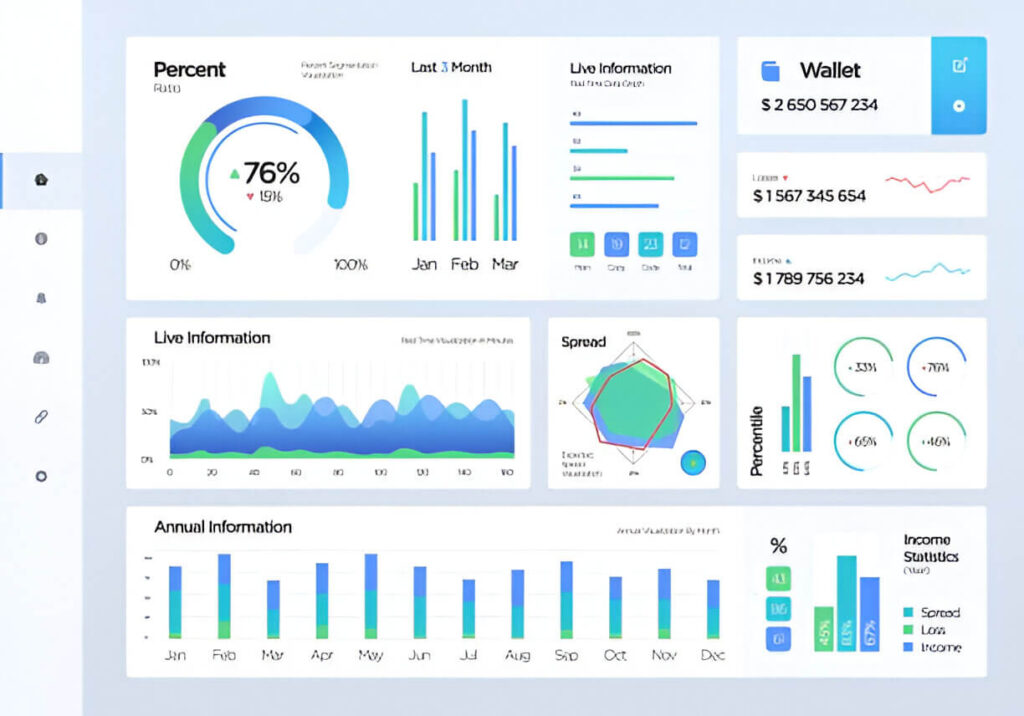Why Your No-Code Website Strategy Needs a Reality Check

Remember that favorite old sweater you refuse to throw away?
The one with holes and stains, but you keep wearing it because it’s comfortable?
That’s exactly what’s happening with no-code website development right now.
Too many people are stuck using outdated strategies that worked years ago but are now holding them back.
If you’re serious about building websites that actually work in 2025, it’s time to ditch these five outdated habits that are killing your results.
1. Stop Falling for the Template Trap

Walk into any coffee shop and you’ll see the same thing everywhere – identical layouts, rounded hero images, and cookie-cutter designs.
That’s what happens when you rely too heavily on pre-made templates.
Sure, templates saved us time when drag and drop builders first appeared. But now?
They’re making every website look like a carbon copy of the last one you visited.
Worse yet, these templates often break on mobile devices, leaving your visitors frustrated and your conversion rates in the basement.
Modern platforms like advanced page builders give you the tools to create custom layouts that actually reflect your brand.
Instead of dragging elements around hoping they’ll stick, learn to use proper layout systems.
I once spent an entire day perfecting the scroll animation on a single landing page.
Sounds excessive? Maybe.
But that attention to detail doubled the conversion rate.
Sometimes the extra effort is exactly what separates successful sites from forgettable ones.
2. Core Before Cosmetic
We’ve all been there – you open up your website builder and immediately start playing with fonts and colors.
Before you know it, you’ve spent three hours making things look pretty without writing a single word of actual content.
In today’s attention economy, your words need to work harder than your graphics.
Users don’t read every word – they scan, scroll, and make split-second decisions about whether to stay or leave.

Smart website creators now plan their content strategy before touching any design elements.
They use tools like content management systems to organize their message first, then build the design around it.
Stop using placeholder text and telling yourself you’ll “fill it in later.”
That’s like baking a cake without deciding what flavor it should be.
Your content should drive your design decisions, not the other way around.
3. Speed Is Everything
Nothing loads slower than a bloated website except maybe your uncle’s computer from 2015.
Yet people keep cramming their homepages with massive image files and auto-playing videos like it’s still the early 2000s.
Google doesn’t just recommend fast websites – it demands them.
Core Web Vitals aren’t suggestions; they’re ranking factors that directly impact whether people can find your site.
Slow loading times, jumpy layouts, and laggy interactions will get you penalized faster than you can say “mobile friendly.“
The solution isn’t just better hosting – though that helps. You need to compress images, use modern file formats like WebP, and stop installing every plugin that looks interesting.
One business owner I know switched from a traditional platform to a faster no-code platform and watched their site speed drop from over 6 seconds to under 2 seconds.

Almost immediately, fewer visitors left before the page finished loading.
Coincidence? Probably not.
Speaking of hosting, if you’re still shopping around for reliable web hosting that won’t break the bank,
4. SEO Is More Than Stuffing Keywords
Remember when SEO meant cramming as many keywords as possible into your page title?
Those days are long gone, but somehow the advice keeps floating around like a bad chain email.
I once had a client who wanted to rank #1 for “shoes.”

Not “handmade Italian leather dress shoes” or anything specific – just “shoes.”
We had a good laugh, then got to work on a real strategy.
Modern SEO requires structure, not just keywords.
Search engines now understand context and user intent.
They reward websites that answer real questions with well-organized, accessible content.
The websites winning today use proper heading structures, add schema markup for rich snippets, and focus on creating genuinely helpful content.
One simple FAQ section with proper markup increased click-through rates by 38% for a client site.
Your website builder can handle technical SEO if you know how to use it properly.
The key is understanding that SEO is about user experience now, not gaming the system.
5. Your Website Is Never Actually “Done”

Here’s the biggest mistake of all – treating your website like a poster you hang on the wall and forget about.
You launch it, celebrate with your team, then abandon it like an old social media account.
Websites are living things that need constant attention.
They break, they get stale, and user behavior changes.
The moment you consider your site “finished,” it starts becoming irrelevant.
Successful website owners schedule regular maintenance sessions.
They install heatmap tools to see how people actually use their sites.
They test different call-to-action buttons, update testimonials, and tweak copy based on real user feedback.
One client runs monthly 90-minute “website tune-ups” where we adjust margins, update content, and test new ideas.
Last month, we changed a button from “Learn More” to “Get Your Free Guide” and saw conversions jump 19%.
It’s like dental hygiene for your website – not exciting, but absolutely necessary.
The Real Future of No-Code

No-code platforms have given us incredible power to build professional websites without writing code.
But with that power comes responsibility to use it well.
The stakes are higher now.
You’re not just building hobby blogs anymore – you’re creating businesses, showcasing portfolios, and bringing dreams to life online.
Using shortcuts from five years ago isn’t just ineffective; it’s insulting to the potential of these tools.
The best websites of 2025 will be fast, purposeful, and constantly evolving.
They’ll use AI features thoughtfully, prioritize user experience over flashy effects, and treat SEO as a long-term strategy rather than a quick trick.
If you’re ready to transform your website from average to exceptional, and you want someone who understands both the technical and strategic sides of web development,
Click here if you want to take your online business to the next level.
Ready to level up your website game?
Start by auditing your current site against these five points.
Then pick one area to improve this week.
Your future visitors (and your conversion rates) will thank you for it.
Remember – no-code isn’t about avoiding complexity.
It’s about building better, faster, and smarter than ever before.
Curious about the person behind these strategies and stories?
